See EDIT
I tried to implement the gaussian blur algorithm on my own in MATLAB instead of using the built-in algorithm for reasons of understanding it in detail.
I found an interesting implementation and someone has already asked how to code that kind of algorithm. So that is not the business.
Furthermore I use the following formula to calculate the standard deviation of given radius like GIMP does:
stdDeviation = sqrt(-(radius^2) / (2*log10(1 / 255)));
My algorithm works for small values of radius (e.g. 3,5,7) without any problems (you are not able to see the difference at least). If I try to blur an image with the radius of 21, the output is the following:
Compared to GIMP´s / MATLAB´s imgaussfilt(A,sigma) output:
Obviously the algorithms compute not the same (or at least similar) output image. What does GIMP / MATLAB´s imgaussfilt(A,sigma) do apart from that?
The image´s border can be neglected. I'm aware of that problem. But I do not understand the origin of the 'strange pixel stripes' in my output image.
For reasons of completeness, here is the source code:
function y = gaussianBlurSepTest(inputImage)
% radius in pixel; RADIUS MUST BE ODD!
radius = 21;
% approximate value for standard deviation
stdDeviation = sqrt(-(radius^2) / (2*log10(1 / 255)));
ind = -floor(radius/2):floor(radius/2);
[X, Y] = meshgrid(ind, ind);
h = exp(-(X.^2 + Y.^2) / (2*stdDeviation*stdDeviation));
h = h / sum(h(:));
redChannel = inputImage(:,:,1);
greenChannel = inputImage(:,:,2);
blueChannel = inputImage(:,:,3);
redBlurred = conv2(redChannel, h);
greenBlurred = conv2(greenChannel, h);
blueBlurred = conv2(blueChannel, h);
y = cat(3, uint8(redBlurred), uint8(greenBlurred), uint8(blueBlurred));
EDIT:
For the sake of completeness and to help others: I applied erfan´s modifications. The result is much better now, but one can still see an obvious difference to gimp´s calculations. GIMP´s result looks 'smoother'.
The implemented algorithm:
function y = gaussianBlurSepTest(inputImage)
radius = 21;
stdDeviation = sqrt(-(radius^2) / (2*log10(1 / 255)));
ind = -floor(radius/2):floor(radius/2);
[X, Y] = meshgrid(ind, ind);
[~, R] = cart2pol(X, Y); % Here R is defined
h = exp(-R.^2 / (2*stdDeviation*stdDeviation));
h = h / sum(h(:));
h(R > radius/2) = 0;
h = h / sum(h(:));
redChannel = inputImage(:,:,1);
greenChannel = inputImage(:,:,2);
blueChannel = inputImage(:,:,3);
redBlurred = conv2(redChannel, h);
greenBlurred = conv2(greenChannel, h);
blueBlurred = conv2(blueChannel, h);
y = cat(3, uint8(redBlurred), uint8(greenBlurred), uint8(blueBlurred));
In terms of answering the question completely and to help others with the same question I think it might be useful to ask for the origin of the differences.
Thank you!








